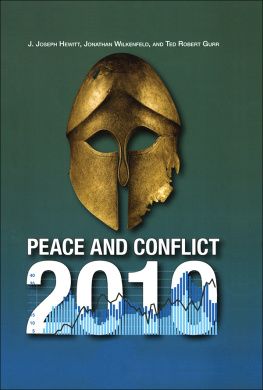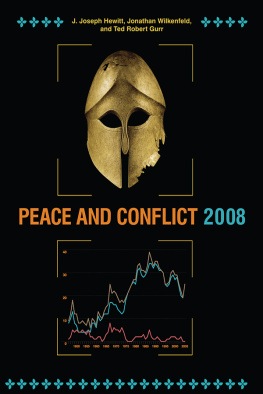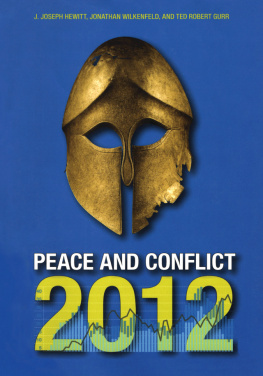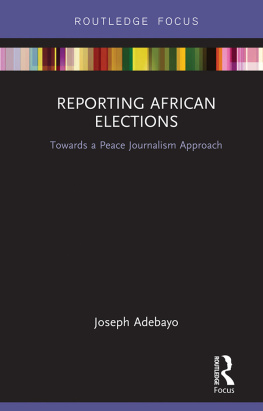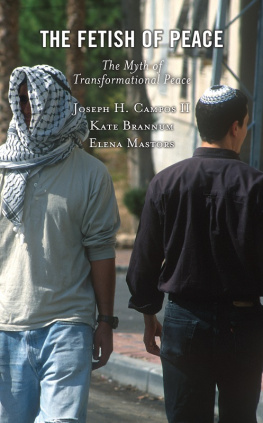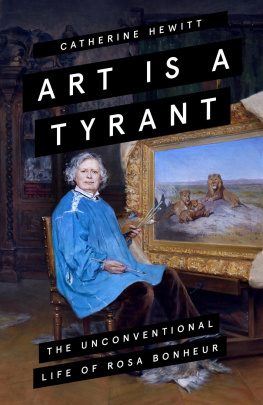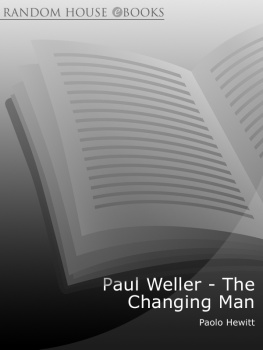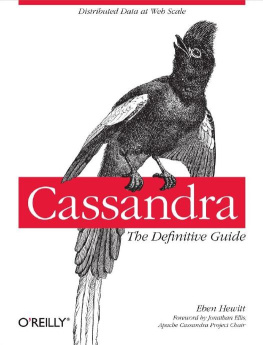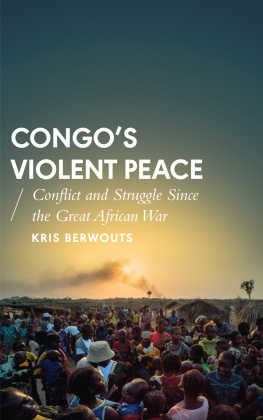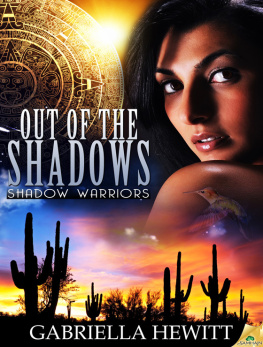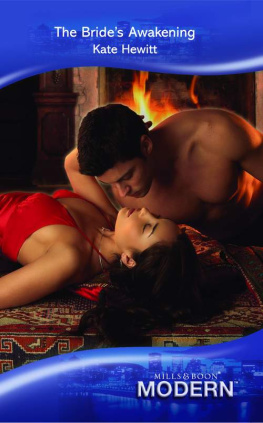First published 2010 by Paradigm Publishers
Published 2016 by Routledge
2 Park Square, Milton Park, Abingdon, Oxon OX14 4RN
711 Third Avenue, New York, NY 10017, USA
Routledge is an imprint of the Taylor & Francis Group, an informa business
Copyright 2010 University of Maryland
All rights reserved. No part of this book may be reprinted or reproduced or utilised in any form or by any electronic, mechanical, or other means, now known or hereafter invented, including photocopying and recording, or in any information storage or retrieval system, without permission in writing from the publishers.
Notice:
Product or corporate names may be trademarks or registered trademarks, and are used only for identification and explanation without intent to infringe.
Library of Congress Cataloging-in-Publication Data
Hewitt, J. Joseph.
Peace and conflict 2010 / J. Joseph Hewitt, Jonathan Wilkenfeld, and Ted
Robert Gurr.
p. cm.
Includes bibliographical references.
ISBN 978-1-59451-715-0 (hardcover : alk. paper)
ISBN 978-1-59451-716-7 (paperback : alk. paper)
1. War. 2. Social conflict. 3. Violence. 4. Conflict management. 5. Self-determination, National. 6. Pacific settlement of international disputes. 7. World politics20052015. 8. Democratization. 9. Terrorism. 10. Postwar reconstruction. I. Wilkenfeld, Jonathan. II. Gurr, Ted Robert, 1936- III. Title.
JZ6385.H493 2009
303.6dc22
ISBN 978-1-59451-715-0 (hardcover : alk. paper)
ISBN 978-1-59451-716-7 (paperback : alk. paper)
CONTENTS
Ted Robert Gurr, J. Joseph Hewitt, and Jonathan Wilkenfeld
Regular Features
J. Joseph Hewitt
J. Joseph Hewitt
Amy Pate
Monica Duffy Toft and Stephen M. Saideman
Gary LaFree, Laura Dugan, and R. Kim Cragin
The Challenges of Post-Conflict Transitions
Anke Hoeffler
Hvard Hegre and Hanne Fjelde
Mary Caprioli, Rebecca Nielsen, and Valerie M. Hudson
James Meernik, Rosa Aloisi, Angela D. Nichols, and Marsha Sowell
J. Joseph Hewitt, Jonathan Wilkenfeld, and Ted Robert Gurr
A Note on the 2010 Publication
Peace and Conflict is the flagship publication of the Center for International Development and Conflict Management at the University of Maryland. Its purpose is to make current academic research on conflict, democratization, terrorism, and international development more accessible and interpretable for people in the policy community and especially for an academic audience that wants to better understand how such research informs policy discussions.
This publication continues coverage of several topics that appeared in earlier volumes: the Peace and Conflict Instability Ledger, trends in global conflict, the spread of democracy, and self-determination movements and their outcomes. A chapter analyzing trends in global terrorism has now been added to the set of features in recognition of the importance of tracking this issue regularly. Finally, the volume includes four chapters on a special theme: The Challenges of Post-Conflict Transitions.
The publication is committed to the principle that analyses should be fully transparent and replicable by other interested researchers. To that end, all analyses use data sources that have been released to the public and are available for further analysis and replication from the Peace and Conflict companion Web site.
The partnership between CIDCM and Paradigm Publishers facilitates wider dissemination of Peace and Conflict to the academic and policy communities, providing the opportunity for researchers, policymakers, and students to understand, replicate, and extend our analyses. CIDCM will continue to make its findings available to the policy community; an executive summary can be found on the CIDCM Web site (www.cidcm.umd.edu) and is available from the Center upon request (cidcm@cidcm.umd.edu).
The Peace and Conflict companion Web site continues to feature a suite of data analysis tools (www.cidcm.umd.edu/pc). Users will be able to explore data used for analyses reported in this issue by manipulating the data and making modifications to produce their own customized analyses. For the first time, a complete PowerPoint presentation is available featuring all of the key graphics offered in the book. This resource will prove to be a convenient and valuable resource for instructors who adopt the book in their courses and wish to make use of its appealing graphics in classroom presentations.
We continue to benefit from the advice and guidance offered by our Editorial Board, chaired by Ted Robert Gurr, the founding author of the Peace and Conflict publications. The board members played a leading role in shaping the contents of Peace and Conflict 2010, helping to bring focus to our desire to address issues related to post-conflict reconstruction. As the various chapters came together, they provided careful reviews of each one, making the final collection a more cohesive whole. And, in the near future, they will participate in several consultations to advise us on the content and shape of the 2012 volume. We are very grateful for their valuable contributions to this book. The members are identified at the end of this volume.
The first edition of Peace and Conflict in 2001 documented a global decline in armed conflict from its peak in the early 1990s. We linked that decline to the ascendance of democratic regimes and the rising success of international efforts at containing and negotiating settlements to many serious armed conflicts, most of them civil wars. The evidence we assembled for Peace and Conflict 2008 showed that both the subsidence of armed conflict and the surge in democracy had stalled and begun to reverse. We pointed to a persistent conflict syndrome of instability and state failure that cripples the poorer regions of the world despite all efforts of the advanced industrial democracies and international organizations to take remedial action.
The armed conflicts and mass atrocities of the last 15 years left in their wake weakened states, economies in shambles, and human suffering and dislocation on a large scale. Peace and Conflict 2010 examines more closely the legacies of wars within states and the prospects for rebuilding them. Although much has been written in the four previous volumes of Peace and Conflict about active conflict, several chapters in this volume emphasize the challenges countries face as they enter the period immediately following the cessation of armed violencea period widely referred to as the post-conflict transition.
While the overall number of active conflicts worldwide was declining in the early 1990sa result of many conflict terminations in that period other conflicts were becoming active. Joseph Hewitt () takes a closer look at those that became active and reveals why a focus on post-conflict transitions is especially warranted. Strikingly, of the 39 different conflicts that became active in the last 10 years, 31 were conflict recurrencesinstances of resurgent, armed violence in societies where conflict had largely been dormant for at least a year. Only eight were entirely new conflicts between new antagonists involving new issues and interests. These sobering numbers serve as a reminder that many of the destabilizing dangers of the conflict syndrome initially highlighted in

